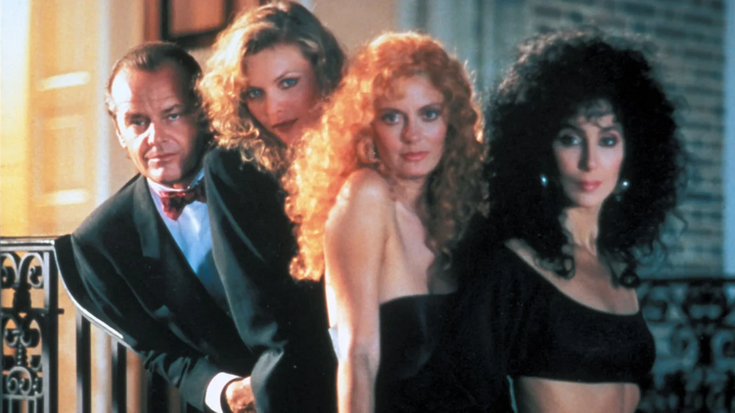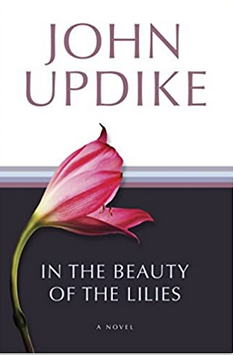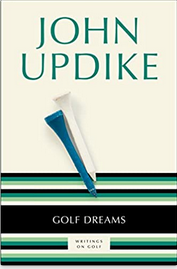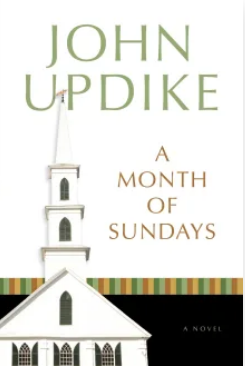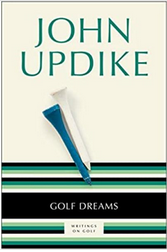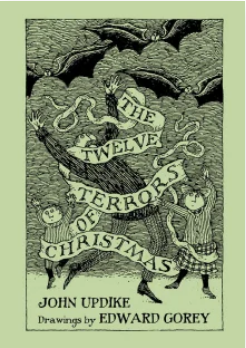Not surprisingly, since much of John Updike’s writing dealt with aging and mortality, his works have resonated with members of AARP.
In July 2006, Updike contributed an essay on “The Writer in Winter” to AARP The Magazine, in which he began, “Young or old, a writer sends a book into the world, not himself. There is no Senior Tour for authors, with the tees shortened by 20 yards and carts allowed. No mercy is extended by the reviewers; but then it is not extended to the rookie writer, either. He or she may feel, as the gray-haired scribes of the day continue to take up space and consume oxygen in the increasingly small room of the print world, that the elderly have the edge, with their established names and already secured honors. How we did adore and envy them, the idols of our college years—Hemingway and Faulkner, Frost and Eliot, Mary McCarthy and Flannery O’Connor and Eudora Welty! We imagined them aswim in a heavenly refulgence, as joyful and immutable in their exalted condition as angels forever singing.
“Now that I am their age—indeed, older than a number of them got to be—I can appreciate the advantages, for a writer, of youth and obscurity.” (Read the whole “Life Lessons” essay)
In “Books for Grownups December 2008,” AARP The Magazine recommended The Widows of Eastwick: “Quintessential boomer author Updike checks in on the witches of Eastwick and finds them older, but no less crafty and bawdy.”
In “Books for Grownups August 2009,” The Magazine included My Father’s Tears as another example of “What Our Generation Wants to Read!”: “Updike’s final book, a collection of short stories, is heavy with mid- and late-life troubles, from the mundane to the crushing. He’s in fine form here, and reading these might have you reaching for your old copy of Rabbit, Run.”
In 2013, The Magazine published Erica Jong’s list of “10 Essential Boomer Books,” and Updike’s Couples made the cut . . . along with J.D. Salinger’s The Catcher in the Rye, Joseph Heller’s Catch-22, James Baldwin’s The Fire Next Time, Mary McCarthy’s The Group, Stewart Brand’s The Last Whole Earth Catalog, Philip Roth’s Portnoy’s Complaint, Robin Morgan’s Sisterhood Is Powerful, Germaine Greer’s The Female Eunuch, Frances Moore Lappé’s Diet for a Small Planet, and Erica Jong’s Fear of Flying.




